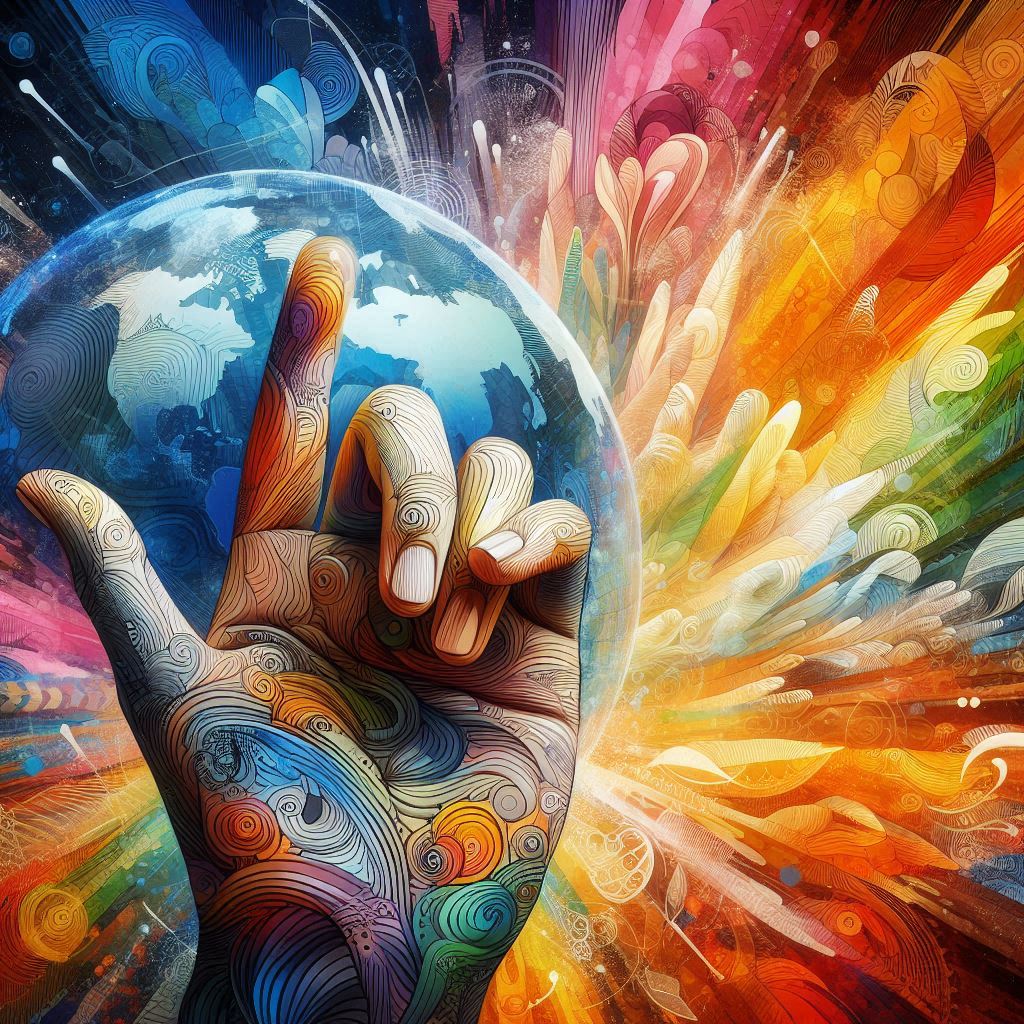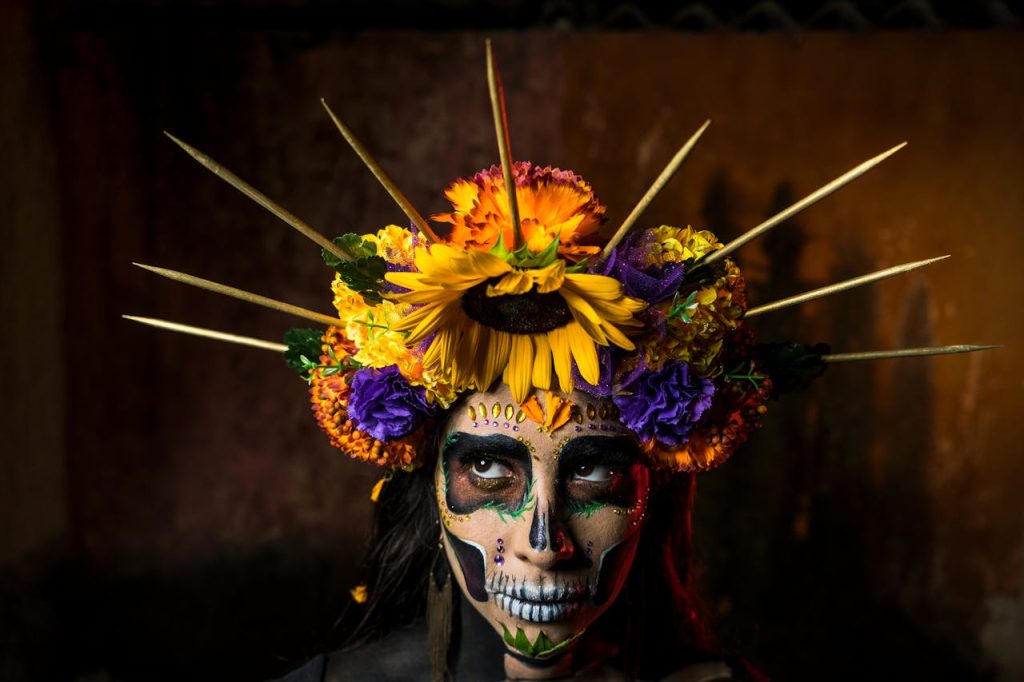
The Cultural Artistry of Creating Signs in Sign Languages
- Posted by Cicada Sign
- Categories Blog
- Date November 18, 2024
- Comments 0 comment
Sign languages are not only powerful modes of communication but also vibrant expressions of culture, identity, and artistry. Their roots lie in visual representation, and their creation reflects the ingenuity of Deaf communities worldwide. From abstract ideas to concrete objects, sign languages develop organically, borrowing from visual shapes, cultural references, and even written letters. This blog post dives into the cultural impact of sign creation in different sign languages and explores how their visual nature brings life and identity to words.
The Visual Nature of Sign Languages
Sign languages thrive on visual-spatial expressions. Instead of relying on sound, they use hand shapes, movements, facial expressions, and body language to convey meaning. This visual foundation allows for an artistic approach to creating signs that often mirrors the environment, objects, or concepts they represent.
For example:
- Tree: The ASL sign for “tree” illustrates the trunk and branches, offering an intuitive connection to the physical object it represents. Watch here.
- Tea: In British Sign Language (BSL), the sign for “tea” mimics the action of pouring tea from a teapot, a culturally significant drink in the UK. See the sign for “tea.”
- Mountain: Japanese Sign Language (JSL) incorporates natural elements, as seen in its sign for “mountain,” which reflects the iconic peaks of Japan, including Mount Fuji. Example here.
These iconic elements make sign languages deeply intuitive and context-rich, demonstrating how visual languages draw inspiration from the world around them.
Signs Inspired by Written Letters
Interestingly, some signs incorporate the shapes of written letters, offering a fascinating blend of visual and linguistic elements. This phenomenon is particularly seen in finger-spelling systems and initialized signs, where a hand shape corresponds to a specific letter.
For instance:
- Family (ASL): The sign for “family” uses the “F” hand shape, moving in a circular motion to symbolize inclusivity and unity. See it in action.
- Class (ASL): The sign for “class” begins with the “C” hand shape, connecting the concept to the written letter. Watch the demonstration.
These creative uses of written letter forms highlight the adaptive nature of sign languages, bridging the gap between spoken and visual communication.
Cultural Nuances in Sign Creation
Sign languages evolve uniquely within their communities, reflecting local culture, humor, and history. For instance, signs for culturally specific words or phrases may differ significantly between regions:
- In France, signs for traditional food or wine reflect the cultural heritage. Explore LSF.
- In Brazil, LIBRAS (Brazilian Sign Language) creatively adapts signs to reflect Carnival festivities and other cultural traditions. Learn more about LIBRAS.
This diversity underscores how Deaf communities worldwide use sign language to preserve and celebrate their cultural identity.
Collaborative Artistry of Creating New Signs
Creating new signs is often a collaborative effort, involving input from Deaf communities, linguists, and educators. Whether introducing scientific terms, modern slang, or new technologies, this process is a testament to the dynamism of sign languages. Importantly, new signs are rooted in cultural relevance and accessibility, ensuring they resonate with the community while remaining intuitive for communication.
Why Sign Creation Matters
The process of creating signs reflects more than linguistic need; it’s a celebration of visual and cultural diversity. Each sign carries with it the imprint of a community’s shared experiences, values, and creativity. This is why preserving and teaching sign languages is so crucial—they serve as living records of Deaf culture and its contributions to global society.
Conclusion: Celebrating Sign Languages Through Visual Artistry
Sign languages are living, evolving languages that highlight the creativity of human expression. From mimicking the physical world to drawing inspiration from written letters, their visual nature is a testament to the ingenuity of Deaf communities. As we continue to embrace and learn about these languages, we also honor the cultural richness they bring to our world.
At Cicada Sign, we celebrate the artistry and cultural significance of sign languages. Through our platform, we aim to amplify their importance and support the Deaf community in sharing their unique linguistic heritage. Join us in exploring the beauty of sign languages and ensuring their preservation for future generations.





